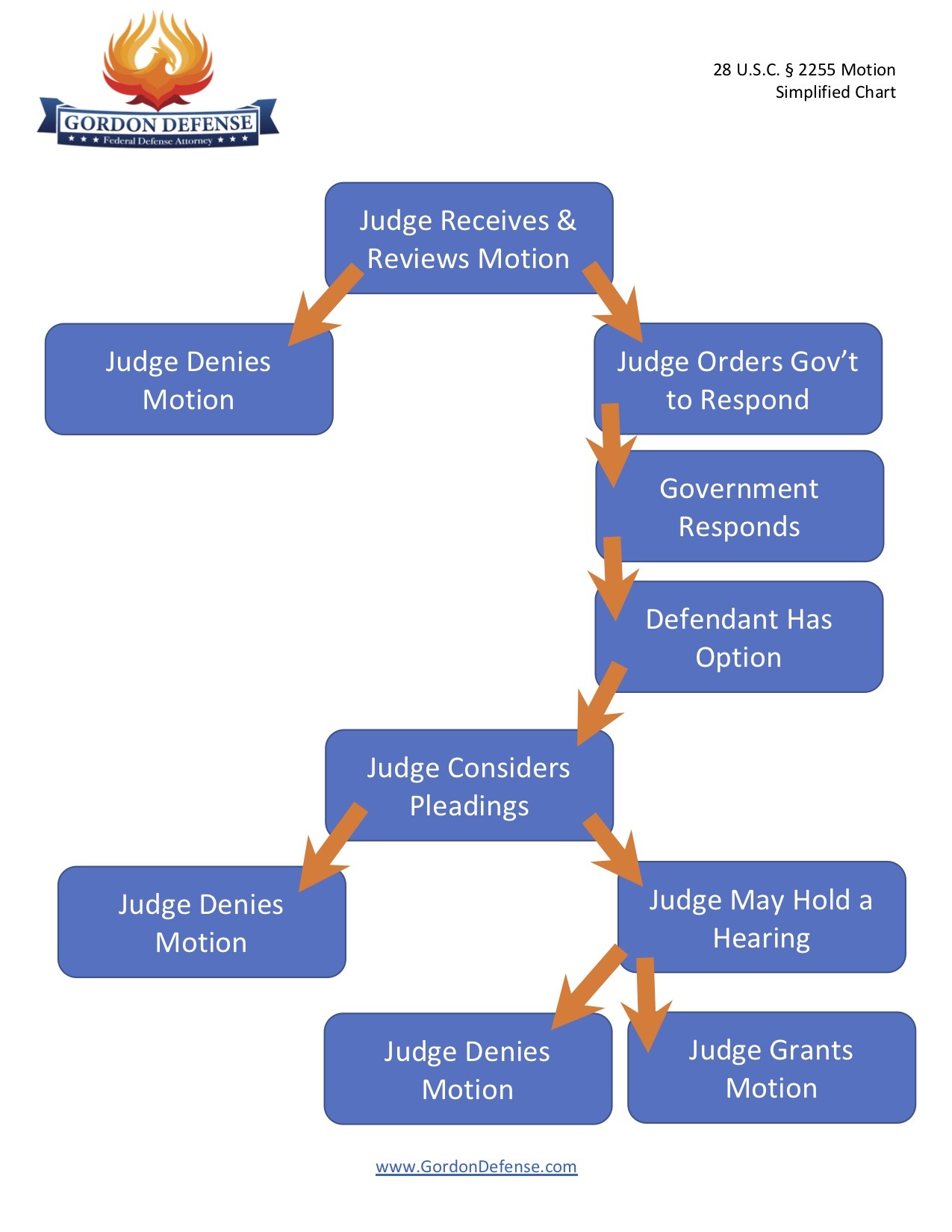Ineffective Assistance of Counsel
Overview
Examples
An attorney can fail to provide effective counsel at any time during the proceedings. Mistakes and other damaging errors can occur during the pretrial phase, during the trial, at sentencing, or on appeal. Here are some examples of errors at each phase that could constitute ineffective assistance of counsel:
Pretrial
-An attorney misadvises a defendant as to his sentence exposure, and the defendant relies on that advice in rejecting a plea offer. See United States v. Herrera, 412 F.3d 577 (5th Cir. 2005).
-An attorney fails to move to suppress a search warrant, when the motion would likely have been granted and the defendant acquitted. See Owens v. United States, 387 F.3d 607 (4th Cir. 2004).
-An attorney fails to advise a defendant to accept a plea offer. See Smith v. United States, 348 F.3d 545 (6th Cir. 2003).
Trial
-An attorney fails to raise an obvious statute of limitations defense. See United States v. Liv, 731 F.3d 982 (9th Cir. 2013).
-An attorney fails to call the only two witnesses to the crime. See United States v. Holder, 410 F.3d 651 (10th Cir. 2005).
-An attorney prohibits his client from exercising his right to testify. See Lopez v. United States, 522 Fed. Appx. 684 (11th Cir. 2013)
Sentencing
-An attorney fails to object to the use of a defendant’s personal drugs in calculating his base level under the U.S. Sentencing Guidelines for the crime of distribution. See Jansen v. United States, 369 F.3d 237 (3d Cir. 2004).
-An attorney fails to argue that a defendant was a minor participant and deserved a downward departure from the Guideline Sentence. See United States v. Headley, 923 F.2d 1079 (3d Cir. 1991).
–An attorney fails to object to the miscalculation of a defendant’s base level under the U.S. Sentencing Guidelines. See Johnson v. United States, 313 F.3d 815 (2d Cir. 2002).
Appeal
-An attorney fails to consult with a defendant regarding an appeal. See United States v. Malone, 442 Fed. Appx. 864, 867-68 (4th Cir. 2011).
-An attorney fails to raise an important issue on appeal related to the scope of the jury’s findings that would have been successful. See Ballard v. United States, 400 F.3d 404 (6th Cir. 2004).
-An attorney fails to file a proper brief with his motion to withdraw at the close of a defendant’s case. See United States v. Skurdal, 341 F.3d 921 (9th Cir. 2003).
Remedies
A § 2255 motion typically asks the court to vacate, set aside or correct the sentence. In practice, the remedies available for ineffective counsel vary depending on the facts of the case. If a Federal court finds that counsel was ineffective in the pretrial or trial phase of the case, the court may reverse the guilty verdict and order a new trial. If the ineffectiveness is found to have occurred during sentencing, the court will vacate the original sentence and re-sentence the defendant.
2255 Motions and Ineffective Assistance of Counsel
The accurate preparation and execution of a § 2255 motion represents the most important part of the process. Once initiated, the process begins. Later motions are argued, re-written and re-submitted. The route to having your case summarily dismissed due to a first filing is not easily corrected. Hiring experienced, competent, hands-on attorneys to help you and your loved one with this important process becomes utmost important. This primary difference can determine success or failure.
Q: What Exactly is a Title 28 U.S.C. § 2255 Motion?
A § 2255 motion is essentially a non-direct appeal. Direct appeals are those entered immediately after a conviction. This type of appeal is a collateral attack on the sentence of incarceration itself for constitutional issues.
Q: Who Can File a § 2255 Motion?
To answer this question, we start with 3 main criteria:
- Only federal inmates may file
- Complaints cannot be made if they could have been made on direct appeal
- Complaints must be an attack on the conviction or sentence specifically. This cannot include issues related to confinement. Such issues are the Residential Drug Abuse Program (RDAP) acceptance, placement in halfway house, or holdings in Solitary/SHU.
Q: What Are The Time Restraints for filing Ineffective Assistance of Counsel?
There is a one-year time frame in which a § 2255 filing is allowed. . However, this timeframe is based on one of four dynamics:
- One year from the date of the final judgement OR
- The removal of obstacles is one year to filing OR
- One year from a Supreme Court ruling that impacts a defendant’s case OR
- The date of when facts are discovered that make it possible to file the motion is one year.

Proving Counsel’s Inefficiency
- Attorneys who do not mention or fight for sentencing adjustments or who offer no evidence with their sentencing enhancement objections
- Defense attorneys who give their clients poor advice on whether to take a plea or to go to trial, which impact the defendant’s understanding of their plea or decision to go to trial.
- Lawyers who fail to raise important issues during the original prosecution.
